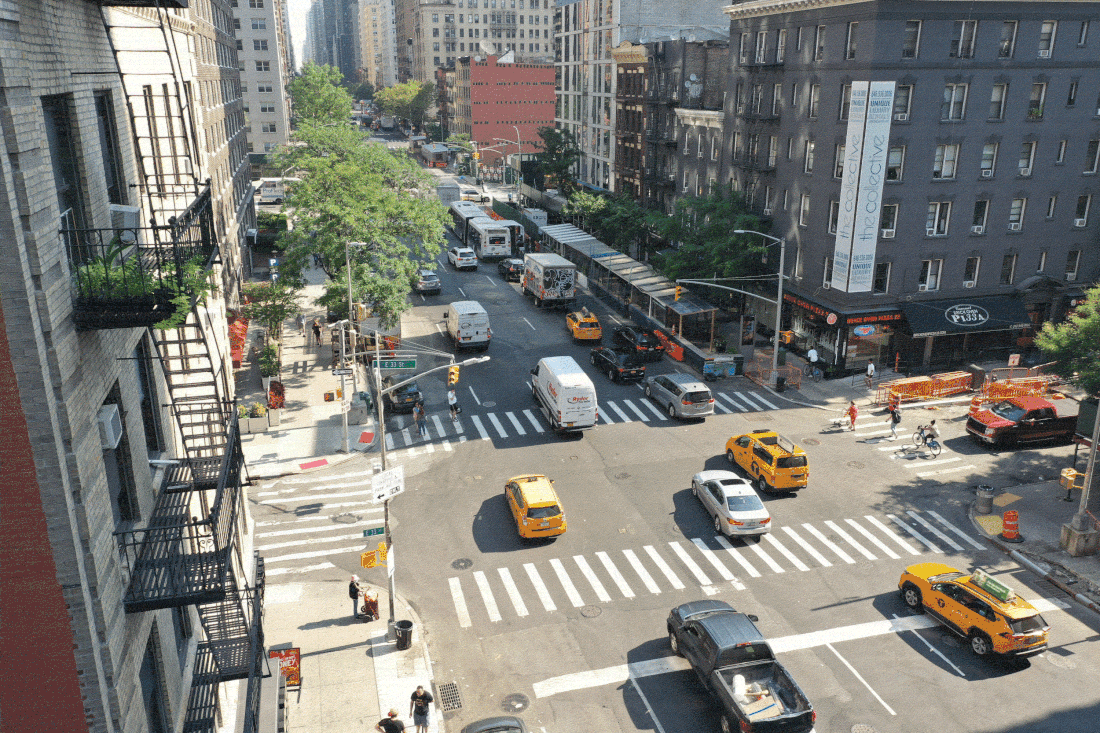As New Yorkers prepare for a
major snowstorm this weekend, the trial fleet is facing its first real challenge, says Joshua Goodman, a spokesperson for the Department of Sanitation.
“If it goes well, we’ll be seriously looking at purchasing them,” Goodman said. “If it doesn’t, we’re going to figure out why there are shortcomings.”
The new vehicles – which include a smaller 49-inch model and a wider 62-inch unit – are costing the city just over $200,000 each month to lease. In addition to snow clearing, they’re capable of sweeping bike lanes of debris, though it’s unclear how often they’ll be used for that purpose.
Jon Orcutt, a former DOT policy official who is now the director of communications at
Bike New York, said the city’s acquisition of the smaller plows was past due.
“When Boston started doing protected bike lanes, they bought these things. Same with Denver. We’re behind on getting the equipment,” he said, adding that the new administration seemed to have a “new appetite for innovation.”
The lease comes one year after Sanitation Commissioner Edward Grayson offered an apology to cyclists for the agency’s poor performance in clearing bike lanes,
telling Streetsblog that the pandemic had decimated his purchasing budget.
But even with the right equipment, the process of bike lane snow removal brings its own set of planning difficulties, according to Jack Cebe, a transportation engineer who has
written about winter bike lane maintenance.
One common conundrum, he noted, is how to keep the larger snow plows from “nullifying your work” by dumping snow at the entrance of protected bike lanes. To avoid the problem, some cities, like Minneapolis, make an effort to
schedule their bike path plows behind their street plows.
In other snow-heavy areas, such as Calgary and Montreal, the most used bike routes are prioritized for repeated plowing, with the acknowledgement that not all bike paths can remain snow-free during a major storm. (The Netherlands'
heated inter-city bike highway remains a distant fantasy for most New York City cyclists).
“One of the key considerations is which routes are you going to make sure are open all the time, how do you communicate that to the traveling public, and which ones are secondary or tertiary priorities that you might get to after the snow event is over,” said Cebe.
The machines have proved doubly useful in cities where sidewalk clearing is a municipal responsibility. In New York, property owners are responsible for clearing their own sidewalks – and are prohibited from illegally dumping snow into a bike lane.




